Craniosacral Therapy for Children and Adolescents
Promoting Relaxation and Stress Reduction

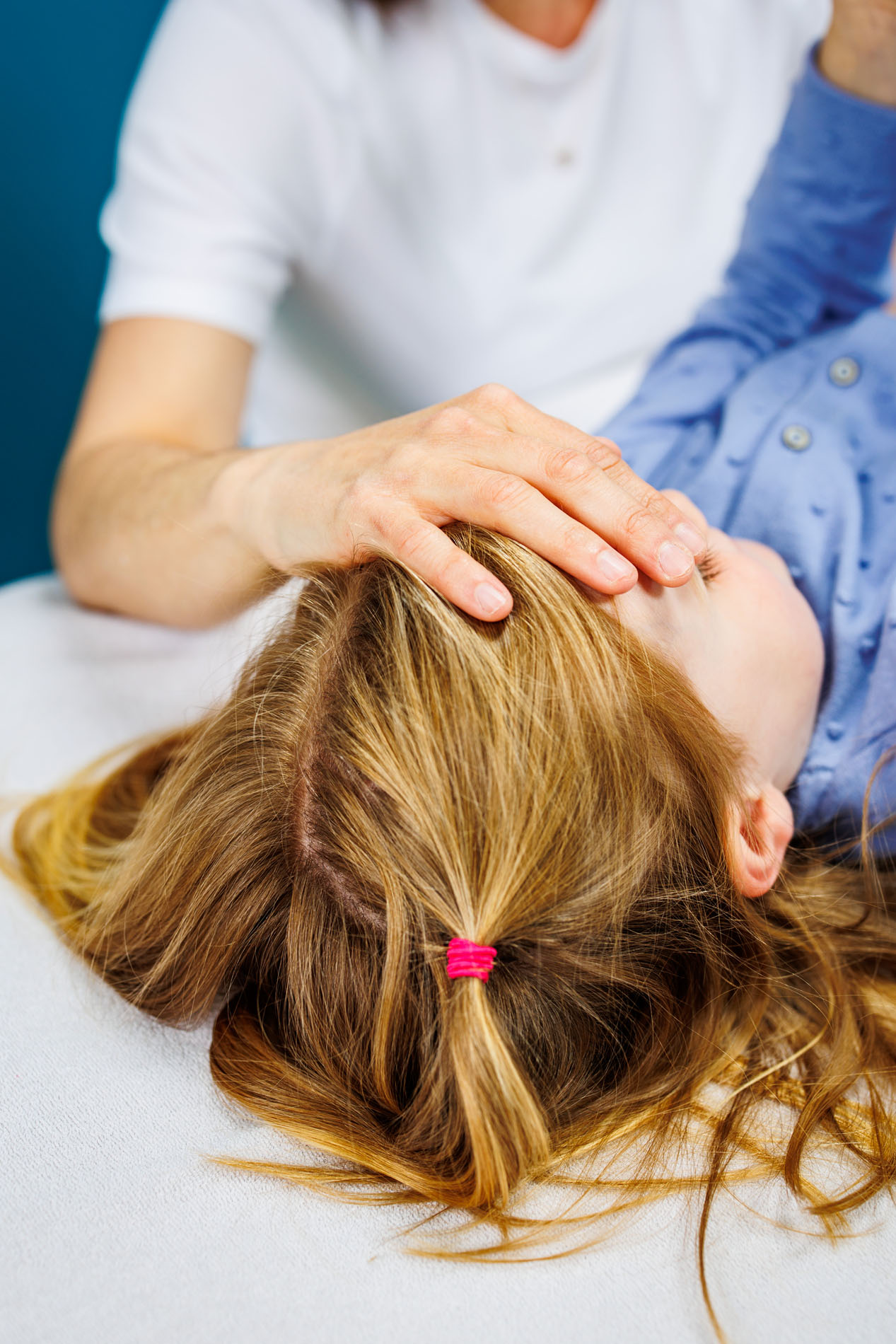
Why choose Craniosacral Therapy?
Children and adolescents often face various stressors in their lives, such as academic pressures, social challenges, and emotional changes. Craniosacral therapy provides a nurturing environment that helps promote deep relaxation and stress reduction.
By releasing tension and restrictions in the body, it allows the nervous system to recalibrate and find a state of balance.
This can contribute to a sense of calmness and improved overall well-being.
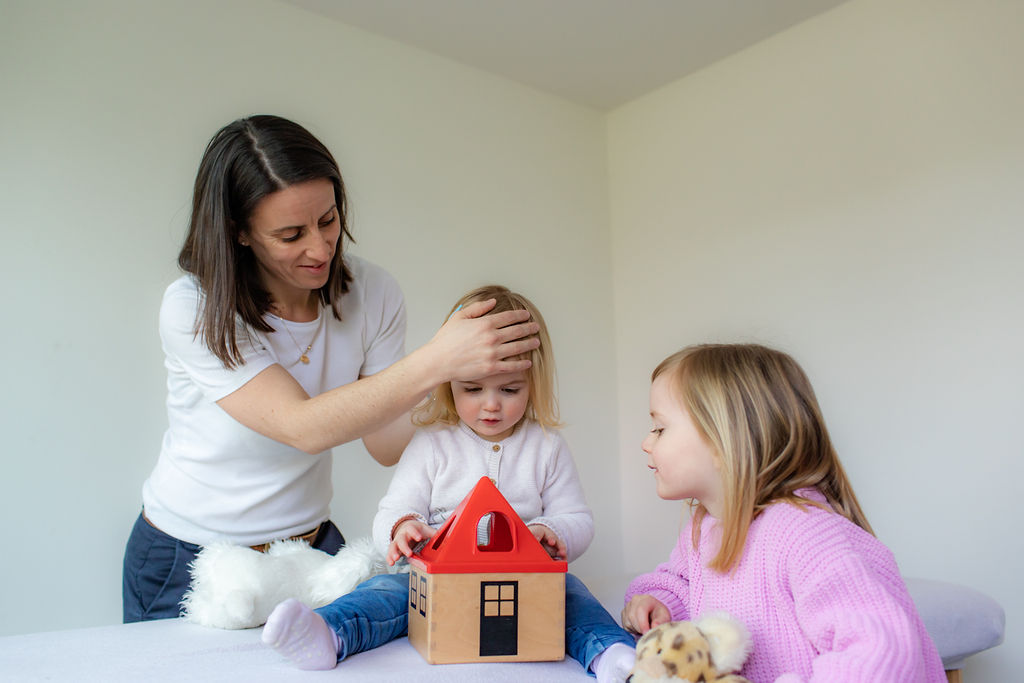
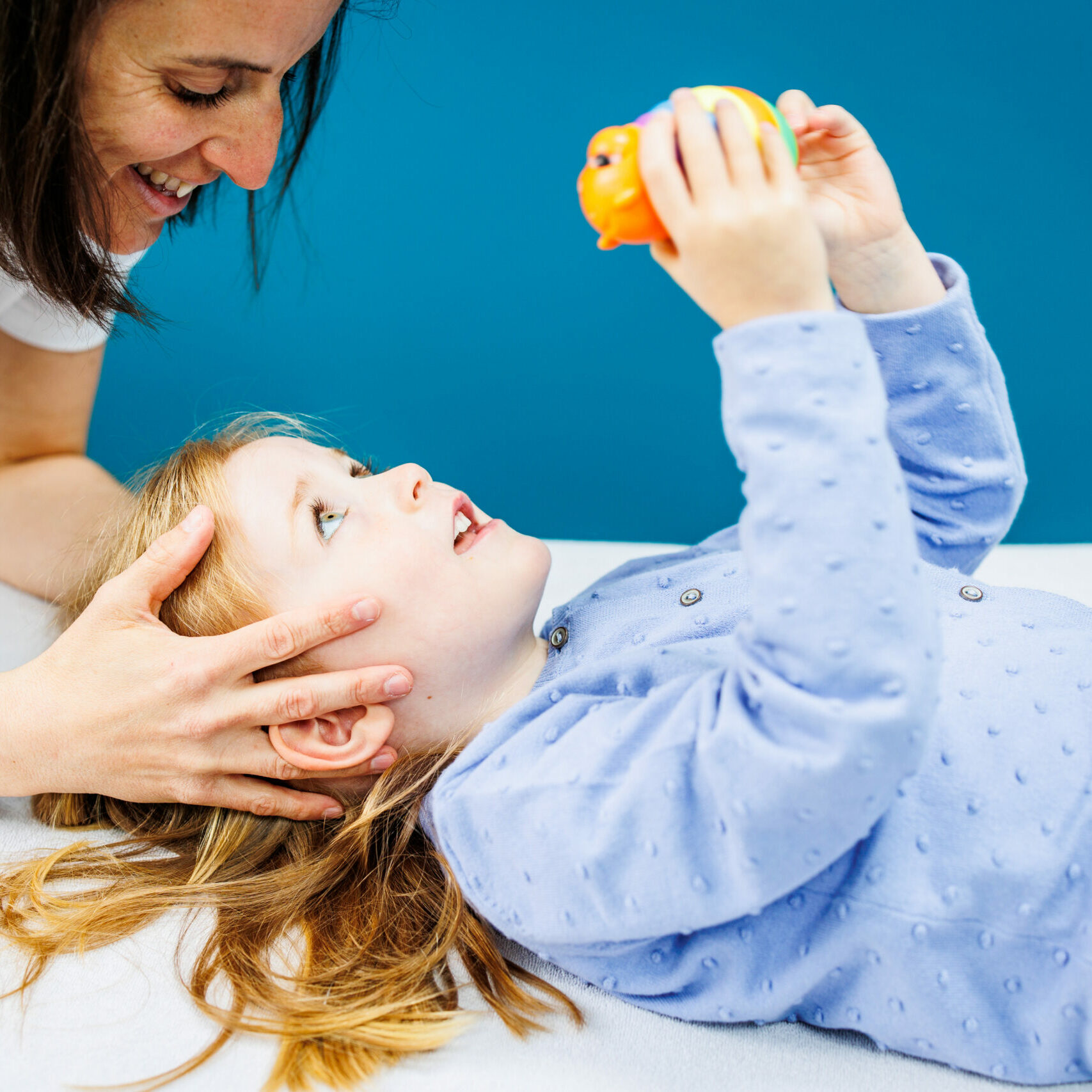
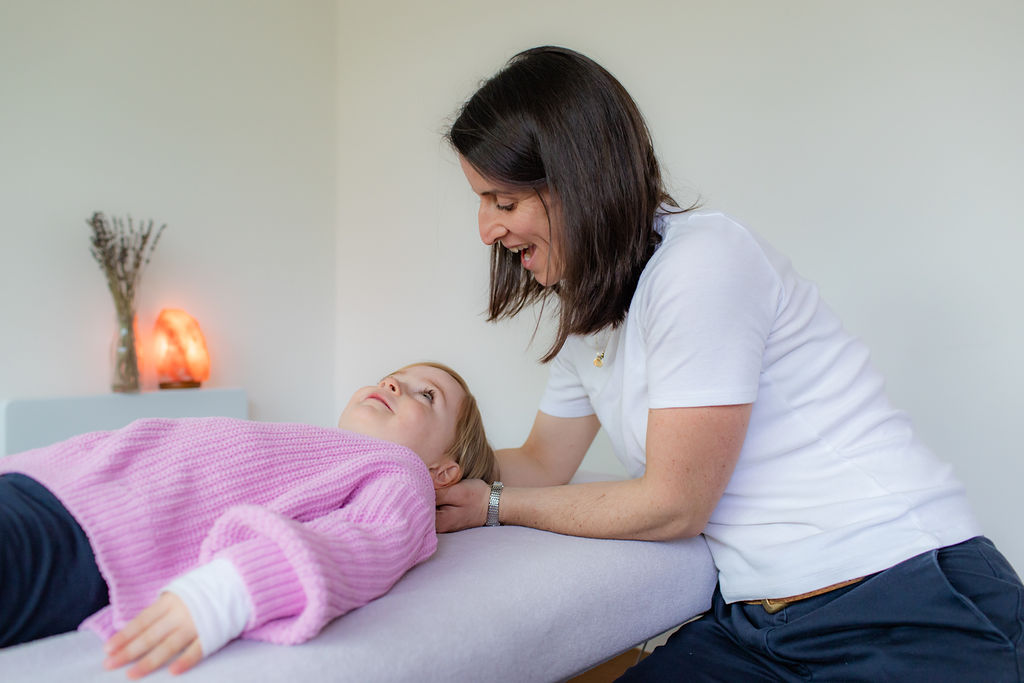
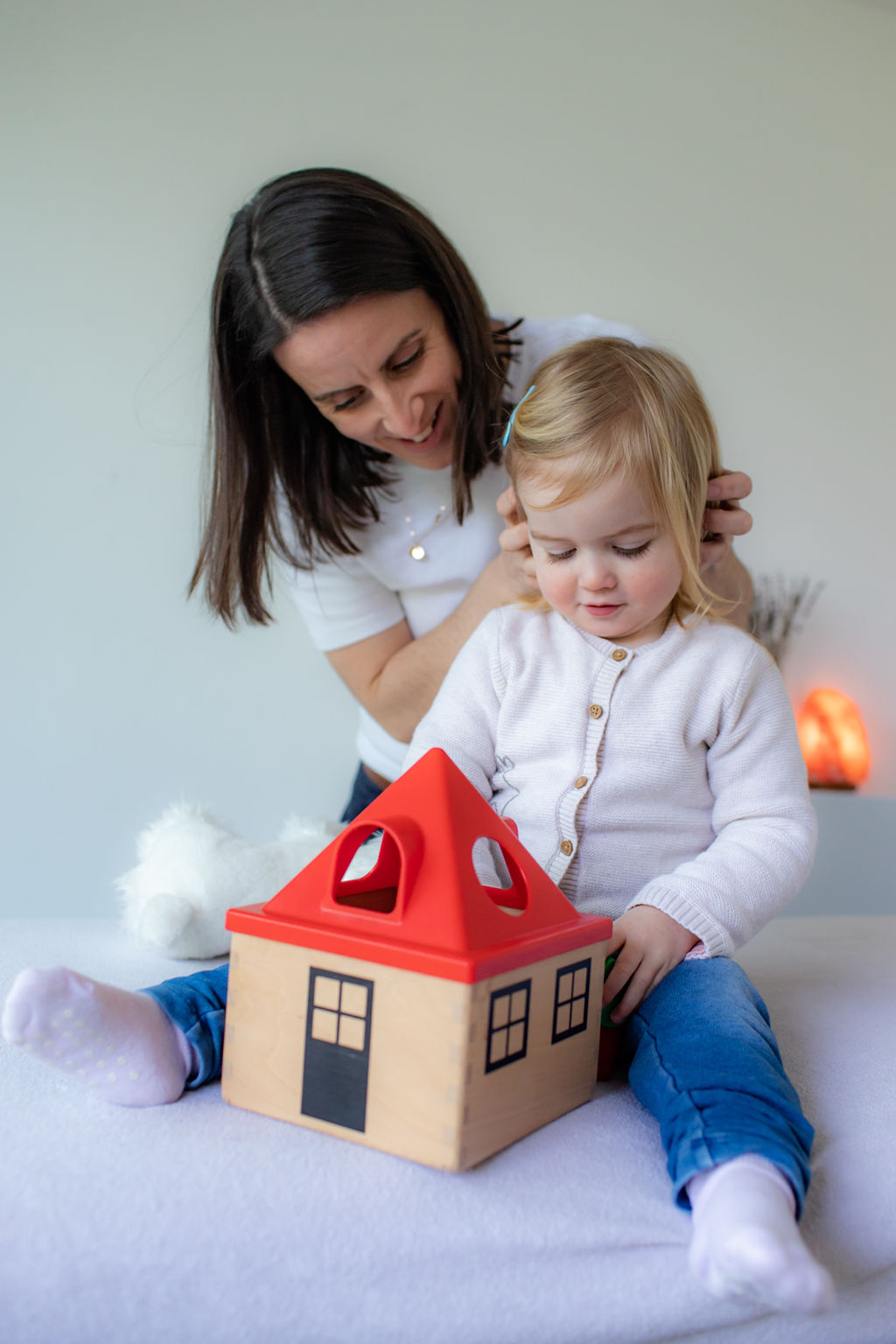
Supporting Emotional and Behavioral Health
Emotional and behavioural challenges are common among children and adolescents. Craniosacral therapy can provide valuable support for these issues. The therapy session offers a safe space for young individuals to express and process their emotions.
By addressing any physical or energetic imbalances in the craniosacral system, the treatment aims to facilitate emotional release and help restore a sense of inner harmony.
This approach can support young individuals in managing anxiety, depression, trauma, and other emotional difficulties they may be experiencing.
Improving Cognitive Function
Craniosacral therapy can also have a positive impact on cognitive function in children and adolescents. By optimizing the flow of cerebrospinal fluid and reducing restrictions in the craniosacral system, this therapy may help enhance brain function and improve cognitive abilities.
It can support concentration, focus, memory, and overall cognitive performance. This aspect of craniosacral therapy can be particularly beneficial for individuals with learning disabilities, attention deficit hyperactivity disorder (ADHD), and other cognitive challenges.
Craniosacral Therapy for Children and Adolescents - FAQs
Yes, for children and adolescents up to the age of 16, it is required for a parent or guardian to be present throughout the session. This ensures the child's comfort and safety and allows for open communication between the Jill, the child, and parent.
